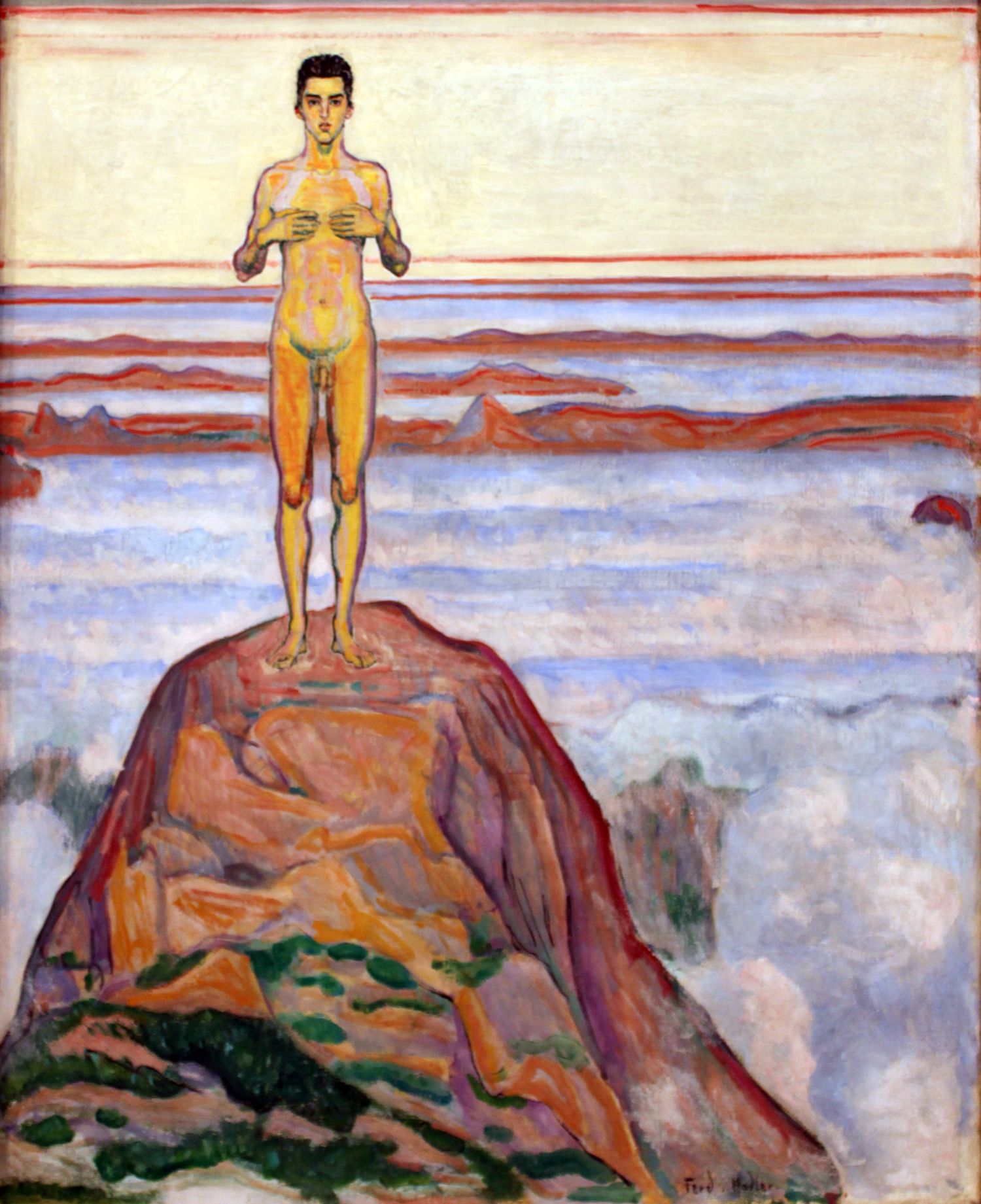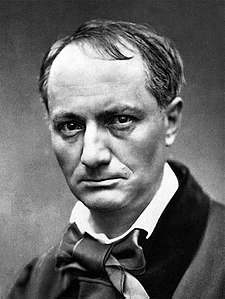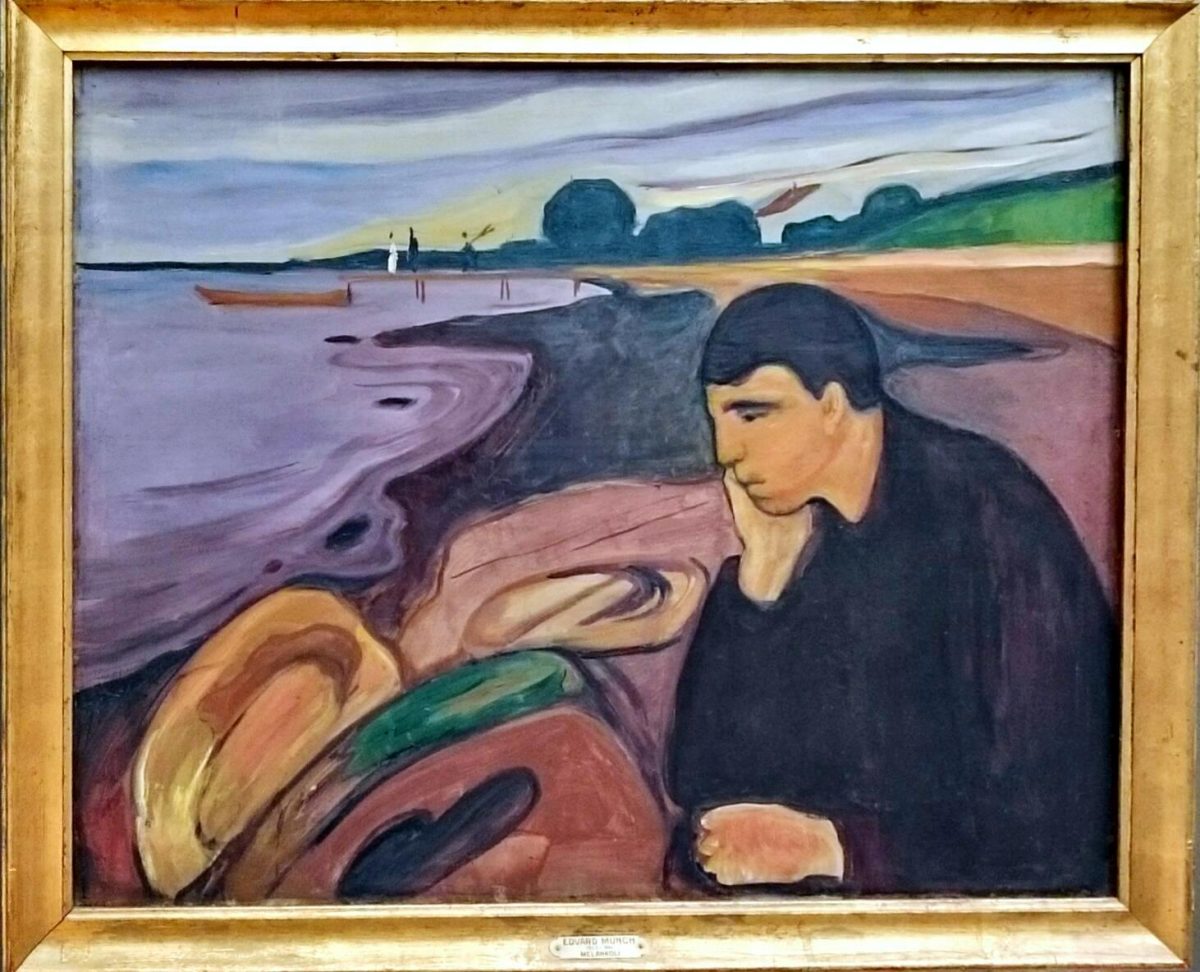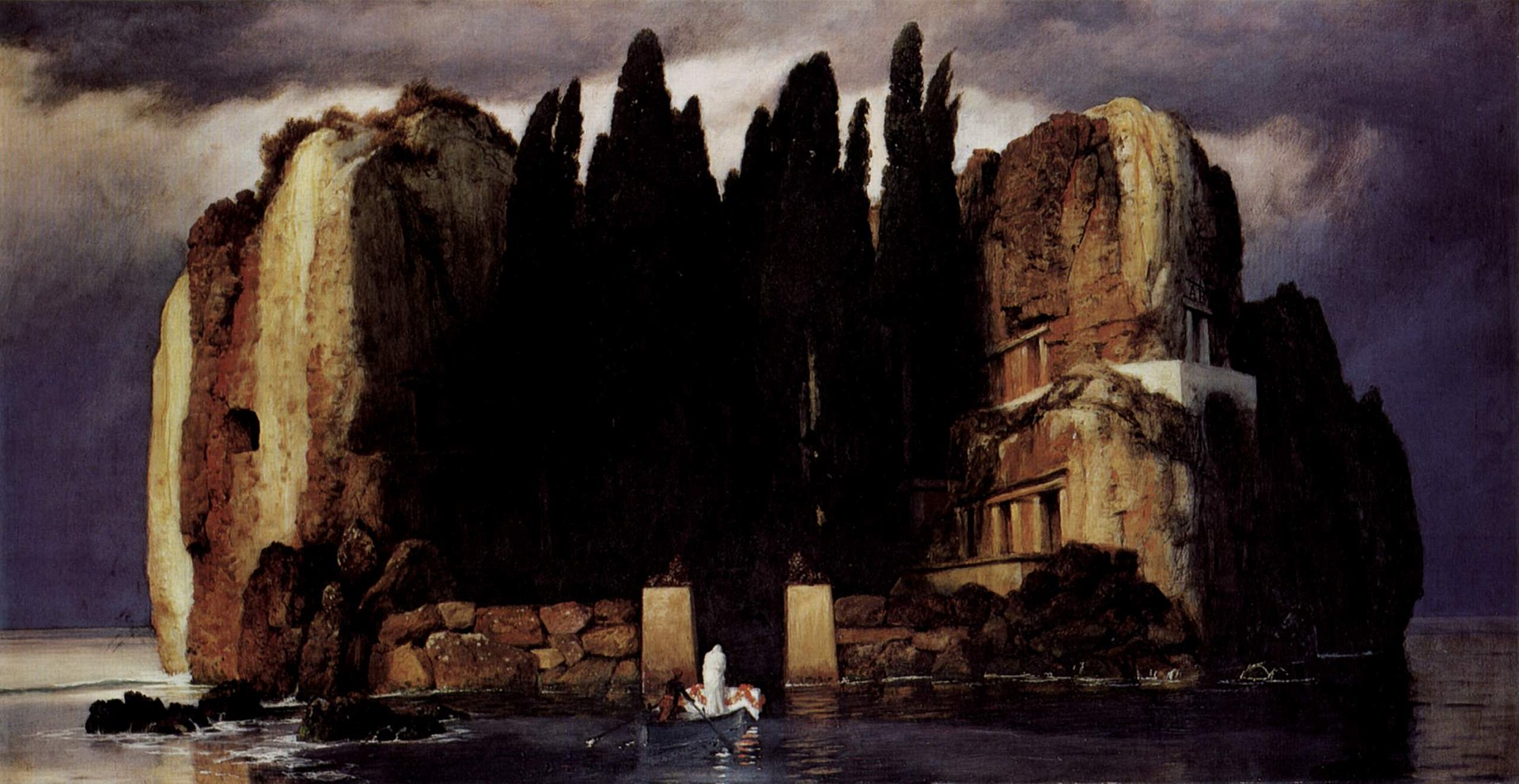Previ : Naturalisme
[Problema: és una visió limitada de la realitat, la vida avorrida?, deixa fora l’ideal, el món dels somnis?]
[Proposta: explorem més enllà de la simple descripció, evoquem móns potser inexistents, o ocults, fem servir símbols per expressar estats d’ànim o ens que no es troben en la vida quotidiana][Localitzat a França, Bèlgica i Rússia]
[Discussió: Fins a quin punt els artistes trien evocar mites existents i fins a quin punt n’exploren de nous? L’acte creatiu de proposar un món iedal, la belles cñlàssica, que no es troba en la realitat, és una fugida, un engany? és una manera de construir un món diferent? Hi ha una semblança amb l’acte de creaciuó religiosa de proposar un Déu, o amb la ficció suprema de Wallace Stevens][quina relació hi ha amb Poussin i Claude Lorraine?]
[el simbolisme, en rebutjar la realitat, no fa un moviment semblant al religióis? creure en una ficció alternativa??]
https://en.wikipedia.org/wiki/Symbolism_(arts)
1886: Data en que Jean Moréas publica el Manifest simbolista
1914: [l’he posat a ull, mirant les dates en que can morir els autors, i just abans de la Gran Guerra]
Symbolism was largely a reaction against naturalism and realism, anti-idealistic styles which were attempts to represent reality in its gritty particularity, and to elevate the humble and the ordinary over the ideal. Symbolism was a reaction in favour of spirituality, the imagination, and dreams.[1] Some writers, such as Joris-Karl Huysmans, began as naturalists before becoming symbolists; for Huysmans, this change represented his increasing interest in religion and spirituality. Certain of the characteristic subjects of the Decadents represent naturalist interest in sexuality and taboo topics, but in their case this was mixed with Byronic romanticism and the world-weariness characteristic of the fin de siècle period.
Schopenhauer’s aesthetics represented shared concerns with the symbolist programme; they both tended to consider Art as a contemplative refuge from the world of strife and will. As a result of this desire for an artistic refuge, the symbolists used characteristic themes of mysticism and otherworldliness, a keen sense of mortality, and a sense of the malign power of sexuality, which Albert Samain termed a “fruit of death upon the tree of life.”
Literatura: The symbolist poets wished to liberate techniques of versification in order to allow greater room for “fluidity”, and as such were sympathetic with the trend toward free verse, as evident in the poems of Gustave Kahn and Ezra Pound. Symbolist poems were attempts to evoke, rather than primarily to describe; symbolic imagery was used to signify the state of the poet’s soul. Baudelaire, Verlaine, Rimbaud
Art: Symbolism in literature is distinct from symbolism in art although the two were similar in many aspects. In painting, symbolism can be seen as a revival of some mystical tendencies in the Romantic tradition, and was close to the self-consciously morbid and private decadent movement.
There were several rather dissimilar groups of Symbolist painters and visual artists, which included Gustave Moreau, Gustav Klimt, Mikalojus Konstantinas Čiurlionis, Jacek Malczewski, Odilon Redon, Pierre Puvis de Chavannes, Henri Fantin-Latour, Gaston Bussière, Edvard Munch, Félicien Rops, and Jan Toorop. Symbolism in painting was even more widespread geographically than symbolism in poetry, affecting Mikhail Vrubel, Nicholas Roerich, Victor Borisov-Musatov, Martiros Saryan, Mikhail Nesterov, Léon Bakst, Elena Gorokhova in Russia, as well as Frida Kahlo in Mexico, Elihu Vedder, Remedios Varo, Morris Graves and David Chetlahe Paladin in the United States. Auguste Rodin is sometimes considered a symbolist sculptor.
The symbolist painters used mythological and dream imagery. The symbols used by symbolism are not the familiar emblems of mainstream iconography but intensely personal, private, obscure and ambiguous references. More a philosophy than an actual style of art, symbolism in painting influenced the contemporary Art Nouveau style and Les Nabis.[11]
Music
Symbolism had some influence on music as well. Many symbolist writers and critics were early enthusiasts of the music of Richard Wagner,[19] an avid reader of Schopenhauer.
The symbolist aesthetic affected the works of Claude Debussy. His choices of libretti, texts, and themes come almost exclusively from the symbolist canon. Compositions such as his settings of Cinq poèmes de Charles Baudelaire, various art songs on poems by Verlaine, the opera Pelléas et Mélisande with a libretto by Maurice Maeterlinck, and his unfinished sketches that illustrate two Poe stories, The Devil in the Belfry and The Fall of the House of Usher, all indicate that Debussy was profoundly influenced by symbolist themes and tastes. His best known work, the Prélude à l’après-midi d’un faune, was inspired by Mallarmé’s poem, L’après-midi d’un faune.[20]
The symbolist aesthetic also influenced Aleksandr Scriabin‘s compositions. Arnold Schoenberg‘s Pierrot Lunaire takes its text from German translations of the symbolist poems by Albert Giraud, showing an association between German expressionism and symbolism. Richard Strauss‘s 1905 opera Salomé, based on the play by Oscar Wilde, uses a subject frequently depicted by symbolist artists.







